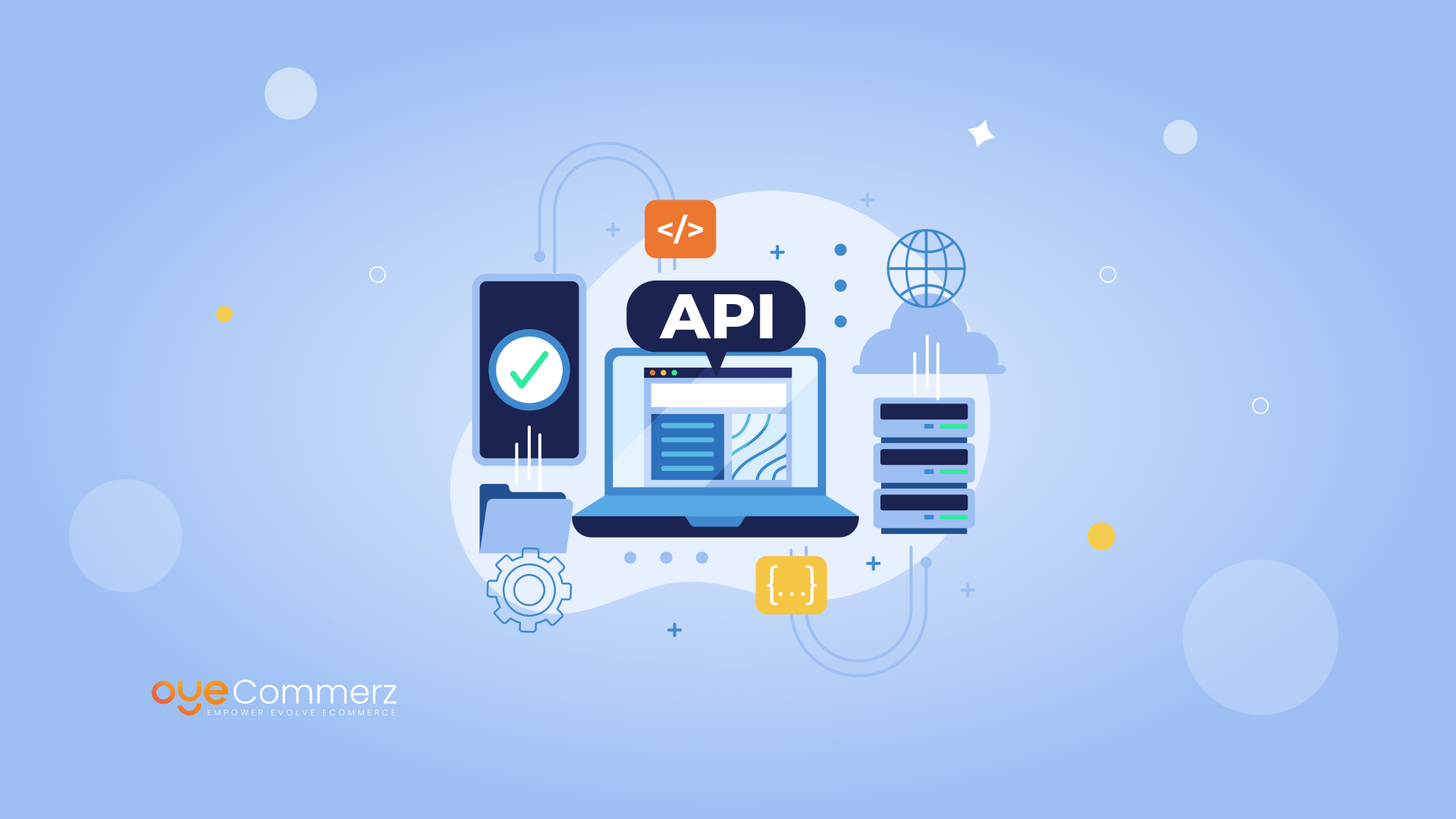
Introduction
In the current highly competitive e-commerce market, Shopify store owners are always seeking ways to maximize revenue and improve their workflow. One powerful method is through custom Shopify applications designed to meet individual business needs. Connecting with the Shopify API and leveraging resources like the Polaris design system, these solutions enable businesses to grow sustainably while enhancing customer experience. In this post, we’ll explore important facets of Shopify app development, from design considerations and essential features to effective methods for supporting and scaling apps effectively.
1. Comprehending Shopify API Connection
A comprehensive grasp of Shopify’s Application Programming Interface—involving REST and Graph Query Language—is essential for developing high-performing Shopify applications. With these APIs, developers can fetch, update, and handle data within a Shopify site. The GraphQL API enables fast data management, enabling quicker replies by retrieving only the essential information. Connecting the API enables programmers to tailor app capabilities to the business’s unique requirements, providing a seamless UX that boosts store efficiency and income.
2. Employing the Shopify’s Polaris framework
Shopify’s Polaris design system enables developers to create a unified and intuitive experience across Shopify apps. Polaris offers a suite of components and guidelines that complement Shopify’s design language, ensuring apps feel integrated within the Shopify platform. This approach not only enhances natural customer touchpoints but also helps preserve brand consistency, an important component in building trust with customers.
3. Creating within the Shopify Application Network
The Shopify app ecosystem is vast, enabling app creators to create integrated Shopify applications that function in a store's admin panel. Internal apps optimize the customer journey by integrating smoothly within Shopify’s platform, reducing the need for separate logins or further browsing. For creators, leveraging Node.js for behind-the-scenes operations and React for the front end has grown into a popular choice, as these technologies facilitate scalable, user-friendly programs that deliver an top-notch user experience.
4. Key Components for Shopify Applications
A high-performing Shopify application must have capabilities that tackle important issues in the e-commerce journey. Webhooks for immediate alerts, bespoke design adjustment features, and multi-platform sales capabilities are essential aspects that can improve business oversight and customer engagement. By integrating these components, Shopify apps don’t just simplify business processes but also enhance the end-user satisfaction.
5. Best Practices for App Development
When developing Shopify applications, it’s essential to maintain industry best practices. App maintenance strategies such as regular updates, customer support, and security patches are vital for maintaining user trust. Promotional efforts for Shopify apps can also be utilized to enhance app exposure and adoption. User retention strategies, including push notifications and loyalty programs, are important for retaining users and creating a loyal audience.
6. Scaling Shopify Apps for Growth
As Shopify stores scale, expanding app capabilities becomes essential to manage greater usage and feature requests. Using cloud-based setups and focusing on information processing through GraphQL can enable apps scale without slowdowns. It’s equally important to have a strategy for scaling the app’s framework to support expansion, which includes a checklist for choosing a development partner with experience in Shopify applications.
7. Examining the Expense of Building Shopify Apps
Building custom Shopify applications can vary significantly in cost depending on the capabilities, integrations, and customization required. Key elements like data connections, customer engagement tools, and digital marketing capabilities can increase expenses. However, the profit potential is often beneficial, as these applications can significantly enhance sales and streamline store operations.
8. App Maintenance Strategies
Keeping apps updated is just as crucial as creating it. Frequent patches to address bug fixes, improve security, and ensure compatibility with the latest Shopify platform updates are essential. Forward-thinking upkeep methods also involve customer support and feature enhancements that match the digital retail landscape.
9. Platforms for Creating Shopify Applications
Shopify provides a variety of resources to simplify the development process, from app development frameworks like JavaScript runtime and React.js framework to automated notifications for instant alerts. Tools like Shopify’s CLI enhance the app creation path, while Shopify App Bridge allows integrated applications to work smoothly with Shopify’s admin interface. These options are essential for creating apps that are both functional and easy to use.
10. Emerging Trends in Shopify App Development
The outlook of Shopify app creation is bright, with trends heading in the direction of artificial intelligence capabilities, expanded multi-platform integration, and improved app extension options. As online shopping progresses, developers will be required to anticipate these trends to develop solutions that go beyond satisfy but outperform customer needs.
Final Thoughts
Personalized Shopify software offer a strategic method for digital retailers to grow effectively, boost sales, and optimize processes. From Shopify design options API integration and the design standards to advanced features and support methods, each aspect of Shopify application building plays a crucial role in delivering a seamless Oyecommerz development services interaction for users. As Shopify keeps evolving, staying ahead of emerging directions in app development will enable businesses fully utilize Shopify’s comprehensive offerings, solidifying their position in the e-commerce market.